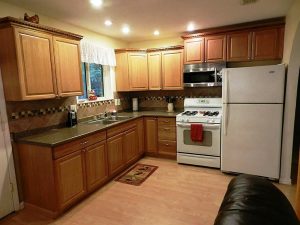 There is a common and pervasive myth that refacing kitchen cabinets requires a full redo of your floor. This is a myth, however! When you get your cabinets refaced, the original body and framework is left in place. It’s just reinforced, not removed. That means not only do you not have to have your flooring company work first, but that there’s actually several benefits to waiting on your flooring until your refaced cabinets are finished.
There is a common and pervasive myth that refacing kitchen cabinets requires a full redo of your floor. This is a myth, however! When you get your cabinets refaced, the original body and framework is left in place. It’s just reinforced, not removed. That means not only do you not have to have your flooring company work first, but that there’s actually several benefits to waiting on your flooring until your refaced cabinets are finished.
First of all, waiting on your new cabinets allows you to make a more informed flooring choice. New cabinets can make accents and finishes on other parts of your kitchen stand out, affecting the color, style and finish of your kitchen. That might mean a different color or finish of flooring would work better in your newly redesigned kitchen. By finishing the cabinets first, you get to take some time to see how they look before locking yourself into a particular flooring design.
In addition, if you lay a floating floor down before you finish work on your cabinets, your floor will not be able to expand or contract with temperature changes. By laying floor under your cabinet bases, you’re compressing your floor underneath heavy cabinetry and countertop materials. It’s possible, then, that your floor could buckle, bulge or even break. Laying your flooring adjacent to your cabinets prevents any of those nasty scenarios from coming to pass.
A reliable and licensed cabinet manufacturer – like Bertone – will know how to customize their cabinet installation around your kitchen design plans. Whether your fix your cabinets first and your floor later, or if you want to install a new floor now and place kitchen cabinets around that, they can work with you to ensure you get the best possible outcome in your kitchen. Check us out today!
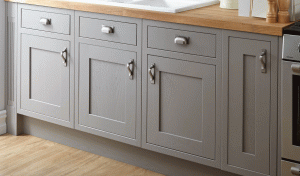 When your
When your 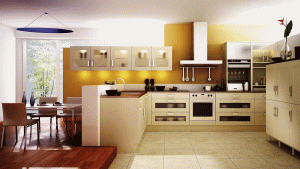 If you’ve never hired a kitchen contractor before, you may not know what the important questions to ask are. Judging by online reviews or websites is a great starting point, but you should take advantage of consultations and face-to-face meetings with your contractor to ask key questions and learn more about them and their work. Here are a few important questions to ask:
If you’ve never hired a kitchen contractor before, you may not know what the important questions to ask are. Judging by online reviews or websites is a great starting point, but you should take advantage of consultations and face-to-face meetings with your contractor to ask key questions and learn more about them and their work. Here are a few important questions to ask: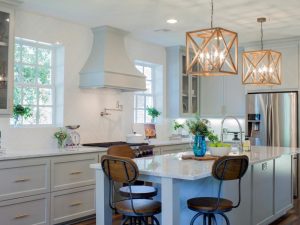 After more than 15 years of experience working in and around kitchens, you would think nothing could surprise the experts at
After more than 15 years of experience working in and around kitchens, you would think nothing could surprise the experts at 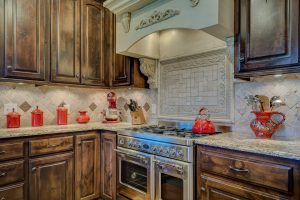 An “L”-shaped kitchen layout is one of the best out there. It’s extremely functional, with everything in easy reach, and it works well with open floor plans, which is the “in” style at the moment. It’s one of the best layouts to start working with, as its basic function and shape are ideal for an attractive, functional space.
An “L”-shaped kitchen layout is one of the best out there. It’s extremely functional, with everything in easy reach, and it works well with open floor plans, which is the “in” style at the moment. It’s one of the best layouts to start working with, as its basic function and shape are ideal for an attractive, functional space.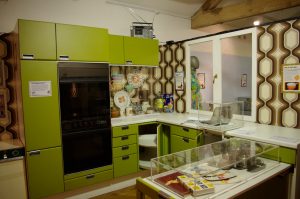 Most of us don’t redo our kitchens every few years, so the primary goal in a major redesign is timelessness. You don’t want your kitchen to look like a relic from a bygone era; you want to stick with ideas and concepts that have stood the test of time and are likely to continue to look great for years to come.
Most of us don’t redo our kitchens every few years, so the primary goal in a major redesign is timelessness. You don’t want your kitchen to look like a relic from a bygone era; you want to stick with ideas and concepts that have stood the test of time and are likely to continue to look great for years to come.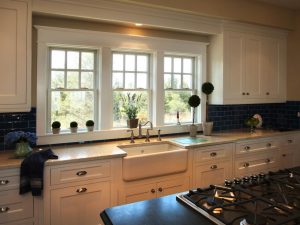 Modern kitchens are typically smooth and sleek, with streamlined finishes being the watchword of the day. That’s great and looks fantastic – but too much of a good thing can be harmful in and of itself. It’s easy to plan all these great, smooth looks – only to realize at the end that your kitchen looks flat and boring without some varied textures. Especially if you’re working mostly in one color, some added texture is crucial to giving your kitchen an interesting look. Here’s our tips on some easy additions you can make to break up the smooth and sleek monotony.
Modern kitchens are typically smooth and sleek, with streamlined finishes being the watchword of the day. That’s great and looks fantastic – but too much of a good thing can be harmful in and of itself. It’s easy to plan all these great, smooth looks – only to realize at the end that your kitchen looks flat and boring without some varied textures. Especially if you’re working mostly in one color, some added texture is crucial to giving your kitchen an interesting look. Here’s our tips on some easy additions you can make to break up the smooth and sleek monotony.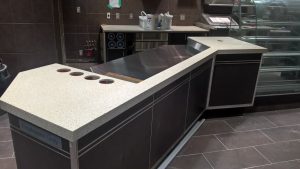 We’ve just finished a major renovation project, and we’re excited to share the results with you!
We’ve just finished a major renovation project, and we’re excited to share the results with you!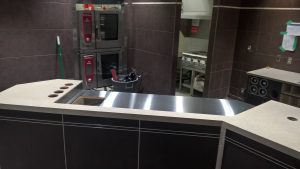 This was a problem for the Tim Hortons on Front Street in downtown Toronto. A closed store means a huge loss of daily revenue, especially for a store in a prime location just outside the Rogers Centre. They wanted to have their renovations done well, but quickly, so they could open as soon as possible. That’s where we come in.
This was a problem for the Tim Hortons on Front Street in downtown Toronto. A closed store means a huge loss of daily revenue, especially for a store in a prime location just outside the Rogers Centre. They wanted to have their renovations done well, but quickly, so they could open as soon as possible. That’s where we come in.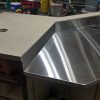
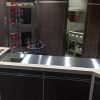
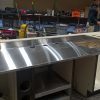
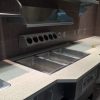

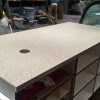
 Redesigning your kitchen isn’t just a matter of form – function must be taken into account as well. And one of the primary functions of your kitchen is for cooking! The choice of primary cooking element in your kitchen is a very important one. Many homes choose an oven with a built in stovetop, but this is far from the only choice out there – stand-along rangetops and cooktops are solid options as well, and will impact how you choose to have your
Redesigning your kitchen isn’t just a matter of form – function must be taken into account as well. And one of the primary functions of your kitchen is for cooking! The choice of primary cooking element in your kitchen is a very important one. Many homes choose an oven with a built in stovetop, but this is far from the only choice out there – stand-along rangetops and cooktops are solid options as well, and will impact how you choose to have your 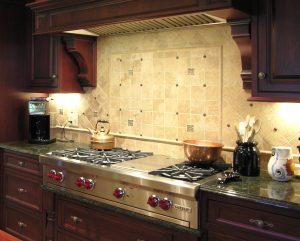 For understandable reasons, the majority of time planning a kitchen renovation or remodel is spent on the major aspects of the remodel – the cabinetry, the
For understandable reasons, the majority of time planning a kitchen renovation or remodel is spent on the major aspects of the remodel – the cabinetry, the 



 Copyright © 2025 · Solid Surface · Web design by
Copyright © 2025 · Solid Surface · Web design by